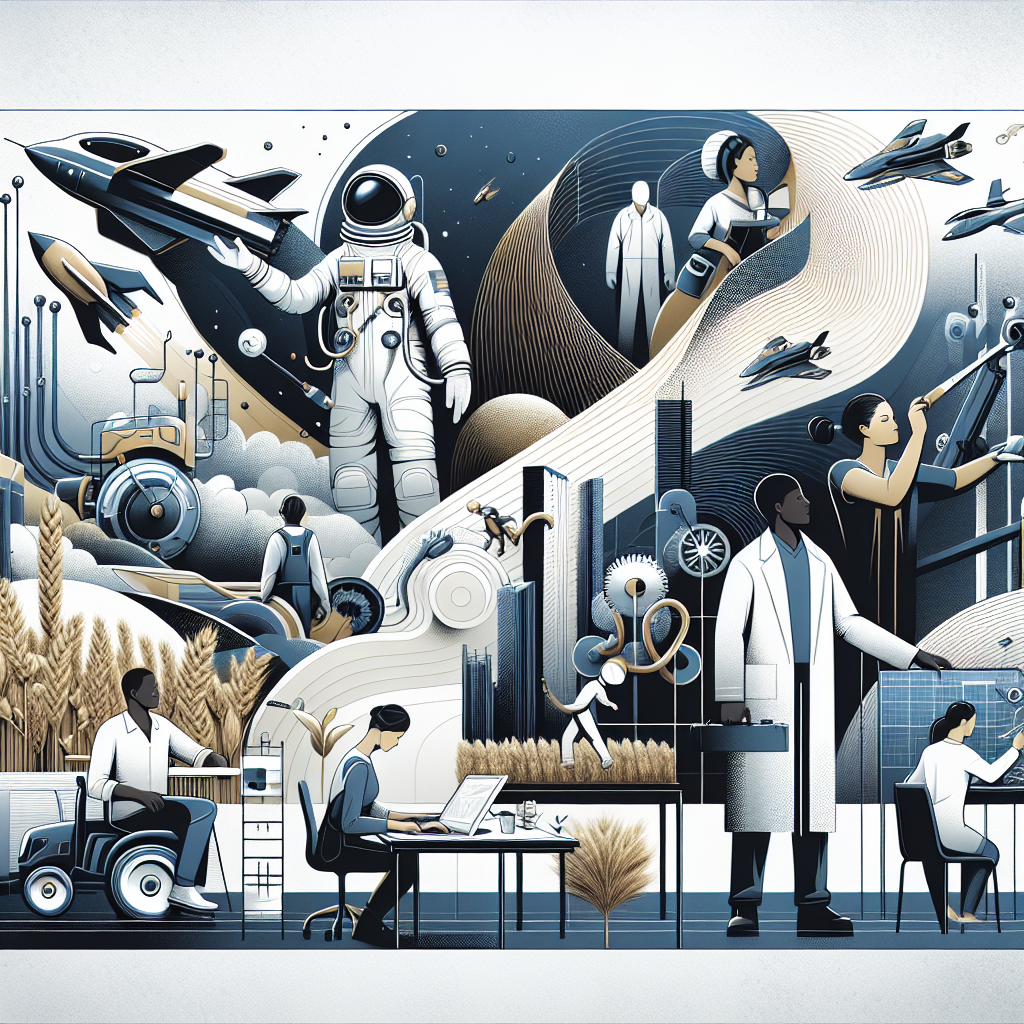Predicting which roles will lead the job market requires balancing technology trends, demographic shifts, and evolving skills demand. Best Jobs In 2030: Pros and Cons Explained. below is a practical guide to the careers most likely to thrive by 2030, the trade-offs to consider, and how to position yourself for long-term success.
Top Careers for 2030 — Pros and Cons
By 2030, several fields stand out because of aging populations, digital transformation, and climate initiatives. Here are high-potential sectors and what you should weigh before committing.
1. Artificial Intelligence and Machine Learning Specialists
Pros: Strong demand across industries, high salaries, and opportunities for remote work and entrepreneurship.
Cons: Rapid skill obsolescence requires continuous learning; ethical and regulatory scrutiny may change role expectations.
2. Healthcare Practitioners and Technicians
Pros: Aging populations and expanded access to care mean stable demand for nurse practitioners, physician assistants, mental health professionals, and allied health technicians. Many roles offer geographic flexibility and strong job security.
Cons: High emotional and physical demands, licensing requirements, and, in some fields, long training periods.
3. Renewable Energy and Sustainability Engineers
Pros: Growth driven by climate policy and private investment; chances to work on mission-driven projects and cross-disciplinary teams.
Cons: Project-based funding cycles can cause regional variability in job availability; technical standards evolve quickly.
4. Cybersecurity Experts
Pros: Persistent threats keep demand high; roles exist across sectors and company sizes, often with competitive compensation.
Cons: High-pressure environments, on-call responsibilities, and the need to stay current with new attack vectors and tools.
5. Data Scientists and Analytics Professionals
Pros: Data-driven decision-making creates opportunities in nearly every industry; strong prospects for remote and freelance work.
Cons: Heavy competition for top roles; businesses increasingly expect domain knowledge in addition to technical skills.
6. Skilled Trades and Advanced Manufacturing Technicians
Pros: Automation increases the value of skilled technicians who can manage, maintain, and program machines; local demand and apprenticeship pathways shorten time-to-earnings.
Cons: Perceived lower prestige can affect pay in some areas; physical work and safety risks can be factors.
7. Education, Training, and Human-Centered Roles
Pros: Reskilling initiatives and lifelong learning create demand for educators, instructional designers, and corporate trainers who can translate complex topics into practical learning.
Cons: Funding for education can be cyclical; remote learning models change the skills expected from educators.
How to Choose — Key Factors to Evaluate
When deciding which path to pursue, consider:
- Long-term demand vs. short-term hype: consult labor projections and industry reports.
- Required training time and credential costs versus expected salary and job stability.
- Work environment preferences: remote vs. on-site, team-based vs. independent.
- Transferable skills like communication, problem solving, and digital literacy.
Practical Resources for Job Seekers
Students and early-career professionals should combine targeted training with practical experience. For college students searching for internships and entry-level roles, an excellent place to start is this guide to job boards for college students in the USA (free and paid options), which surveys platforms where employers list early-career positions and internships.
For data-driven labor projections and occupation-specific outlooks that help validate industry trends, consult the Bureau of Labor Statistics occupational pages; for example, see the BLS outlook for software developers to understand projected growth in tech roles: Bureau of Labor Statistics outlook for software developers.
Short Checklist Before You Commit
- Do informational interviews with professionals in the field.
- Test the work through short courses, bootcamps, or part-time projects.
- Map the credentialing pathway and any state or national certifications required.
- Assess geographic flexibility and whether relocation is likely to be necessary.
FAQ
Will automation eliminate all the best jobs by 2030?
No. Automation will displace routine tasks but also create new roles that require oversight, creativity, human judgment, and interpersonal skills. Jobs that blend technical expertise with emotional intelligence are particularly resilient.
Which skills should I prioritize now to stay employable in 2030?
Prioritize foundational technical literacy (data, basic programming, cloud concepts), strong communication and collaboration skills, and domain knowledge for the industry you want to enter. Continuous learning habits are equally important.
How can students find internships and entry-level roles aligned with future careers?
Use targeted job boards, university career services, and professional networks. See the above guide to job boards aimed at college students for a practical starting point.



